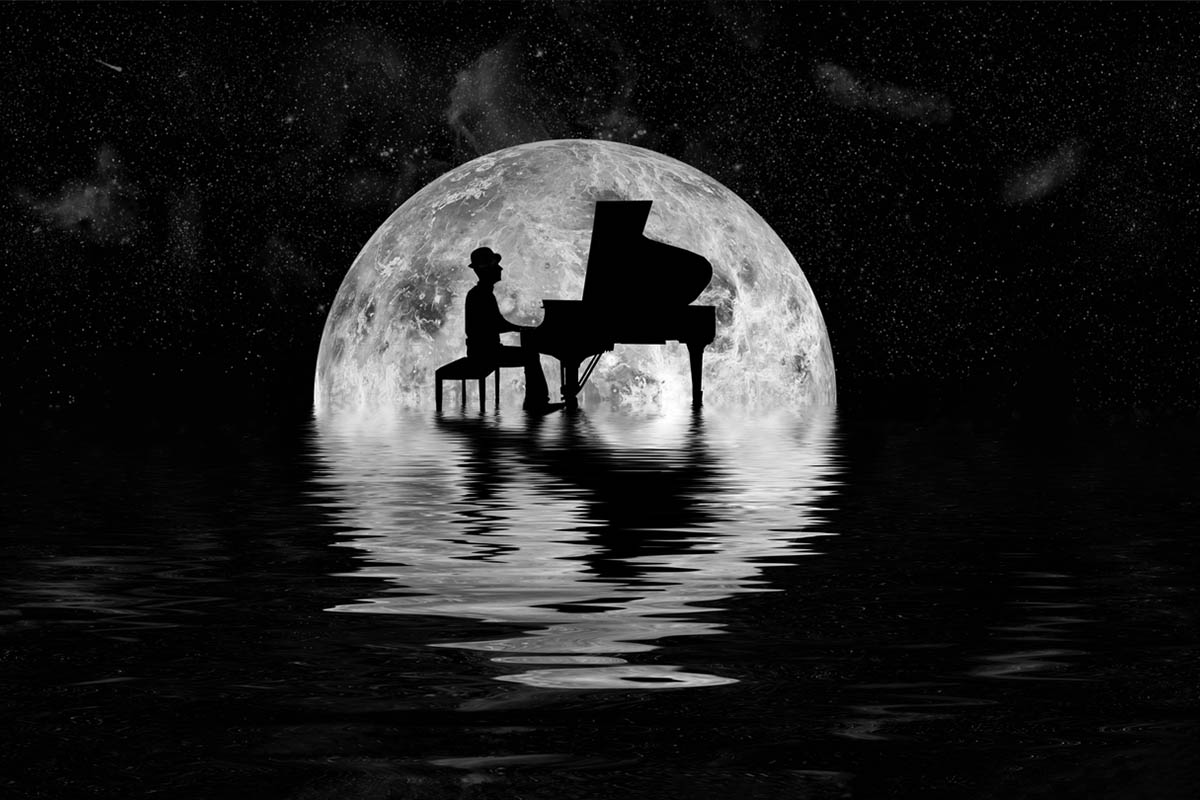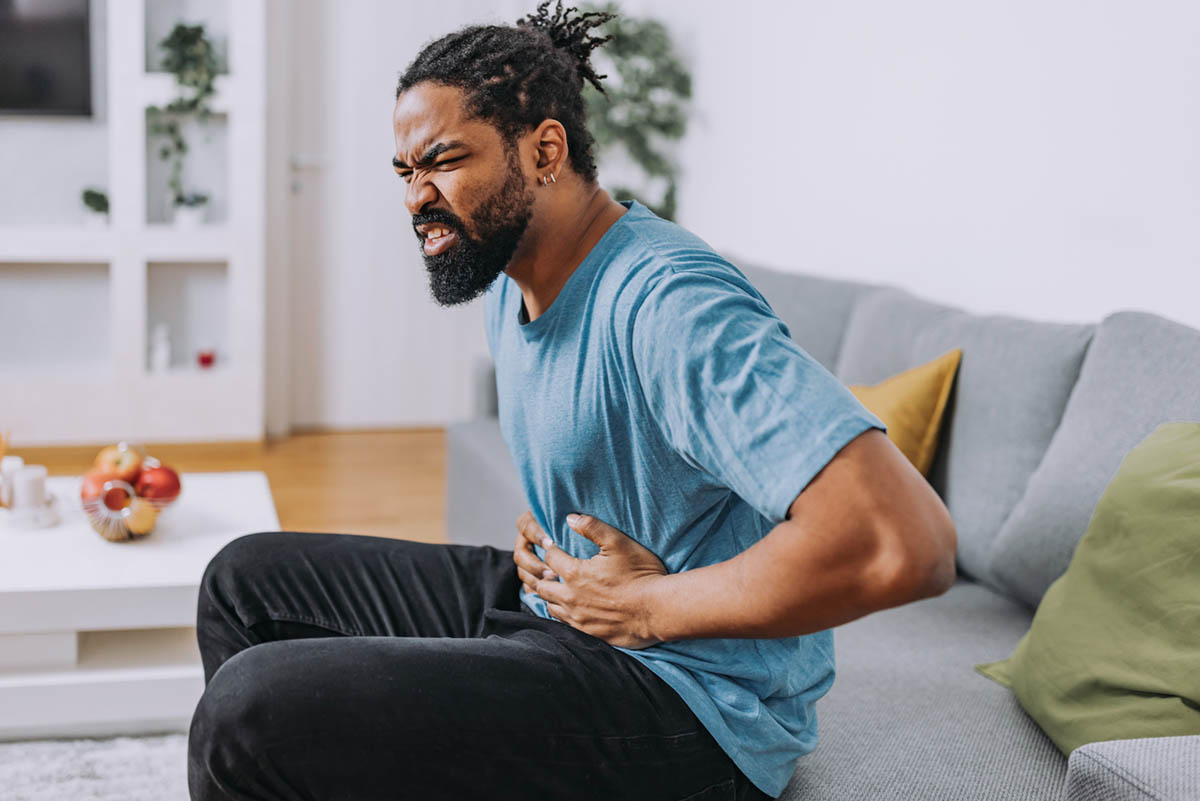Ayahuasca is an Amazonian tisane used in religious ceremonies throughout Central and South America. It is a combination of 2 main plants: Banisteriopsis caapi (a vine containing monoamine oxidase inhibiting β-carbolines such as harmine and tetrahydroharmine) and Psychotria viridis (containing the hallucinogenic substance DMT [N,N-dimethyltryptamine]).1 DMT acts as a serotonergic agonist with high affinity for 5-HT2A receptors. It produces intense psychedelic experiences, mediated by symptoms such as vivid hallucinations, increased interoception, and a subjective sense of loss of self.2 In most cases, these sensory disturbances are transient, although psychotic symptoms have been described following its use, particularly in vulnerable populations.3 We present a case of persistent psychotic symptoms following ayahuasca use in a patient with no history of psychiatric disorders.
Case Report
In January 2022, a 43-year-old woman with no history of psychiatric or neurologic disorders was admitted to the intensive care unit (ICU) after presenting with an episode of tonic-clonic seizures requiring orotracheal intubation, which resolved after administration of intramuscular diazepam 15 mg. In the ICU, assessment by the psychiatric consultation-liaison team was requested due to the onset of cenesthetic hallucinations, described by the patient as an increased sensitivity to electromagnetic fields around her. The patient was convinced that her “vital energy” was being drained by these fields. She also experienced speech lagging, blocking of thoughts, and decreased mood, which she attributed to the action of these fields. The symptoms appeared after the patient regained consciousness and persisted for the next 3 days before the evaluation.
The patient described 3 ayahuasca ingestions in the previous 3 months, always in a ritualistic setting, with no changes in the accompanying features of the experiences (same group of people, location, and spiritual guides). The last use of ayahuasca took place 3 days before the episode. The patient denied using other substances, and no other possible triggers for the convulsive episode were found.
After administration of risperidone 2 mg/d for 1 week, these symptoms remitted, and the patient experienced a full recovery. During this time, she was also assessed by the neurology team, who also discharged the patient as no neurologic symptoms remained. Additional tests performed at discharge (magnetic resonance imaging, electroencephalography, blood tests) were unremarkable.
Discussion
Several cases of persistent psychotic symptoms after ayahuasca/DMT ingestion have been described in previous case reports and case series. In most cases, patients experiencing these persistent psychotic states had a history of mental health problems, such as a previous diagnosis of psychotic disorder, substance use disorder, or both.4–8 For example, as reported by Palma-Álvarez et al,9 a man with a history of cocaine abuse was admitted to an inpatient psychiatric unit after taking ayahuasca for therapeutic purposes. His psychotic symptoms persisted for several weeks. In the case presented here, perhaps the absence of a psychiatric history could explain the short duration of the psychotic symptoms, although they were clearly schizophreniform in nature.
In ayahuasca ceremonial settings in Latin America, no difference in the incidence of psychotic disorders compared to the general population has been described.8 The impact of ayahuasca may be less predictable in the Western world, even more so outside of religious settings.
With the increase in recreational and ritual/therapeutic use of ayahuasca and similar psychedelic substances worldwide, the medical community should implement a corresponding increase in observation and precautionary measures, ensuring whenever possible the minimization of risks in patients with a psychiatric history, thus identifying high-risk groups. Evaluation of the conditions and safety of the environment in which these substances are ingested should also be a priority given the growing interest in their use.
Article Information
Published Online: April 11, 2024.
https://doi.org/10.4088/PCC.23cr03675
© 2024 Physicians Postgraduate Press, Inc.
Prim Care Companion CNS Disord 2024;26(2):23cr03675
Submitted: November 11, 2023; accepted December 27, 2023.
To Cite: Torres AM, Marín EP, Díez PS, et al. Psychotic symptoms following ayahuasca use in a ceremonial setting. Prim Care Companion CNS Disord. 2024;26(2):23cr03675.
Author Affiliations: Department of Psychiatry, Hospital Universitario Ramón y Cajal, Madrid, Spain (all authors).
Corresponding Author: Alfonso Martínez Torres, MD, Hospital Universitario Ramón y Cajal, Madrid, Spain ([email protected]).
Relevant Financial Relationships: None.
Funding/Support: None.
Patient Consent: Consent was received from the patient to publish the case report, and information has been de-identified to protect anonymity.
References (9)

- dos Santos R, Luna L, Goulart S, et al, eds. The Ethnopharmacology of Ayahuasca. 1st ed. Barcelona: Transworld Research Network; 2011.
- Cameron LP, Olson DE. Dark classics in chemical neuroscience: N,N-dimethyltryptamine (DMT). ACS Chem Neurosci. 2018;9(10):2344–2357. PubMed CrossRef
- dos Santos RG, Bouso JC, Hallak JEC. Ayahuasca, dimethyltryptamine, and psychosis: a systematic review of human studies. Ther Adv Psychopharmacol. 2017;7(4):141–157. PubMed CrossRef
- Umut G, Küçükparlak İ, Özgen G, et al. A mood disorder episode with an onset under chronic cannabis consumption and accompanied with psychotic features immediately after N,N-dimethyltryptamine (DMT) use: case report. Dusunen Adam: J Psychiatry Neurol Sci. 2011;24(3):246–250.
- Szmulewicz AG, Valerio MP, Smith JM. Switch to mania after ayahuasca consumption in a man with bipolar disorder: a case report. Int J Bipolar Disord. 2015;3(1):4. PubMed CrossRef
- Warren JM, Dham-Nayyar P, Alexander J. Recreational use of naturally occurring dimethyltryptamine—contributing to psychosis? Aust N Z J Psychiatry. 2013;47(4):398–399. PubMed CrossRef
- dos Santos R, Strassman R. Ayahuasca and Psychosis. In: dos Santos R, Luna L, Goulart S, et al, eds. The Ethnopharmacology of Ayahuasca. 1st ed. Barcelona: Transworld Research Network; 2011.
- Lima FAS, Tófoli LF, Labate B, et al. An Epidemiological Surveillance System by the UDV: Mental Health Recommendations Concerning the Religious Use of Hoasca. In: Labate BC, Jungaberle H, eds. The Internationalization of Ayahuasca. 1st ed. Zürich: LIT Verlag Münster; 2011.
- Palma-Álvarez RF, Grau-López L, Ros-Cucurull E, et al. Psychosis induced by abuse of ayahuasca: a case report. Rev Colomb Psiquiatr (Engl Ed). 2021;50(1):43–46. PubMed CrossRef
Please sign in or purchase this PDF for $40.
Save
Cite



